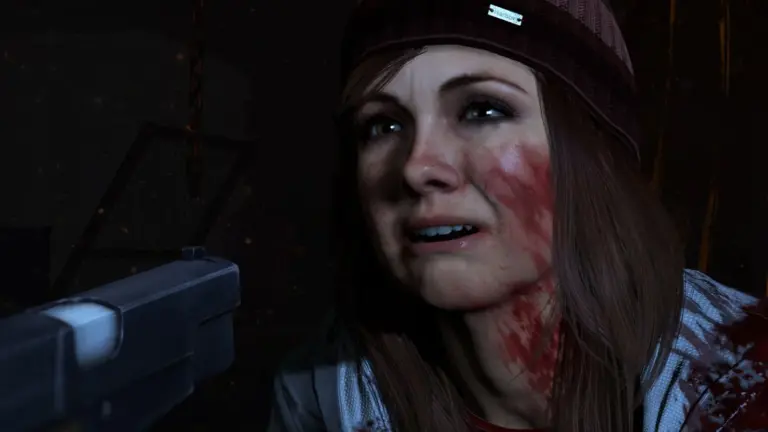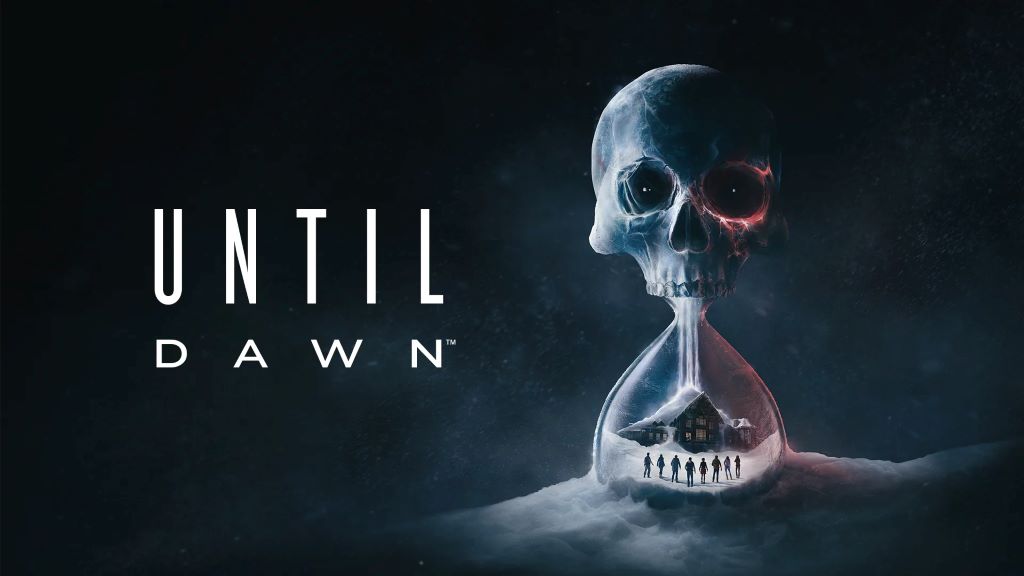
In 2015, Supermassive Games unleashed Until Dawn onto the world, kicking off a series of horror-themed narrative gaming experiences. This included The Dark Pictures Anothogy, The Quarry, and The Casting of Frank Stone, all of which built upon the template established by Until Dawn. This set a standard in modern narrative gaming that’s still going strong nearly ten years later. The original game demonstrated significant leaps forward in facial capture, lighting, and various other elements, pushing the technology of its time to its cinematic limits. The game excelled at creating a captivating and surprising story throughout.
Each entry was executed to varying levels of success as they’ve tried to keep this formula going and have small steps forward as they go, but it’s always felt like the follow-up experiences have left a little something to be desired compared to Until Dawn. Whether that is just because it was the first, or maybe because the writers have changed so much or the studio has possibly been wearing themselves too thin at times, but every game since has had just a small tinge of feeling like a slightly-lesser copycat of Until Dawn.
In early 2024, it was announced that the game would be remade. The remake would be built from the ground up using the new Unreal Engine 5 to take advantage of modern graphical and performance techniques. It was said that the game would mostly remain the same as the original, with the changes being described as “enhanced” without much additional context. Now that we’ve had some time to review this new version of the game, we can evaluate how its update compares to the original version.
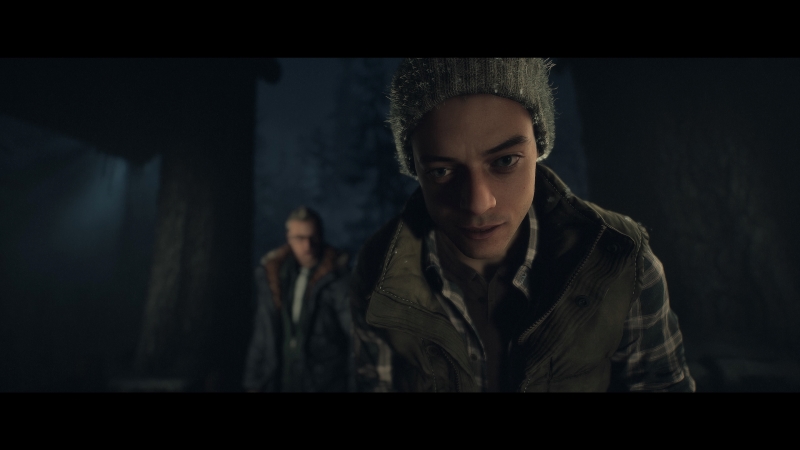
Visuals
The visuals in the game are vastly improved across the board, with stunning high resolution, advanced lighting, and a solid visual presentation of the already-gorgeous characters models, and details of the world of Until Dawn. However, this isn’t quite as innocuous as you’d be led to believe at first, for many reasons. A heavy amount of the visual elements of the game have been modified in ways that change the entire tone of certain scenes in ways that seem inexplicable or off-putting.
For starters, a good amount of the camera work and cinematic elements were changed in ways that feel somewhat confusing and disorienting, and the effect of the changed scenes generally seems to not be for the better, making things more disjointed and harder to follow, visually. This includes removing most of the fixed camera angles that gave such a great cinematic feel to the original version, opting to make most of the scenes where you’re controlling a character into an over-the-shoulder perspective instead.
Many of the camera movements that frame shots or draw attention in a certain way have been altered, featuring many more fast cuts that just give you visual whiplash and the atmospheric, moody hues and filters that were present in the original game as a stylistic choice have now been removed in favor of generally pure photo-realism. These changes alter the whole visual language of the game in a way that feels lesser than its original version.
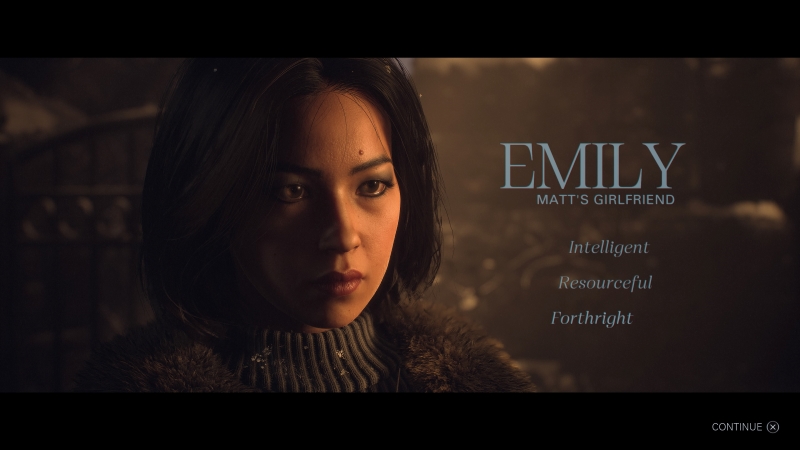
Not only this, but many of the scenes towards the beginning of the game that are clearly supposed to be taking place pretty late at night, with a clock stamp on-screen clearly showing the time, are now brightly-lit scenes that look like mid-day. I imagine the idea here was to “show off” all the new lighting effects, but it generally breaks some of the immersion and the foreboding feel of the early scenes that are supposed to be quite dark.
One other strange part of the visuals is that many of the animations of the characters run at a lower framerate than what the rest of the visuals in this remade version run at, with some animations feeling slightly choppy compared to how the rest of the game looks and runs. While the general fidelity of the visuals has improved from a technical standpoint, the choices made to change many of the visual elements of the game are perplexing and strange from an artistic standpoint and don’t quite fit with the game’s narrative or setting very well.
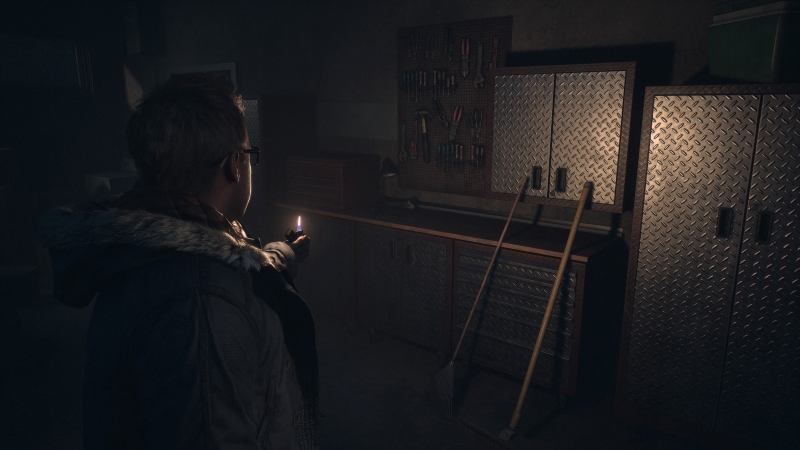
There are tons of accessibility and visual options here, including the option to set the game to a more theatrical ultra-wide aspect ratio to see more of the framing in the scenes or play it in the 16:9 ratio that the original game was presented in.
This is a personal choice of how you’d like to play, and it’s at least nice to get another perspective of some scenes with the wider aspect ratio.

Narrative
You will find a similar narrative presentation here, with largely the same story beats as before, although there are also several heavy caveats on the narrative side of things as well. This is likely behind why they chose to call this a “remake” as opposed to being called a remaster, as there are a decent amount of scenes or conversations that were heavily edited or removed and a few new scenes added that were not in the original game, almost like a “directors cut” of sorts.
This might be a big point of contention among fans of the original, as for me, I didn’t feel like any of these edits helped the narrative or pacing at all, they mostly seemed changed to better suit modern audiences, and they feel like they’ve dumbed certain things down too much or made it more “safe” by modern standards. These changes come up many times in each chapter and are fairly small in the grand scheme of things, but for someone who has the original fresh in their mind, it might be a bit of a shock and confusion as to why these things were changed or added.
The new ending scenes feel a bit like what might be called “sequel-bait,” as they show what happens after the events of the original game, in a way that may hint that there’s a sequel currently in development, which may be the case, according to some recent reports. These change the original story in a way that opens things up for another game but feels slightly disingenuous to the original story.
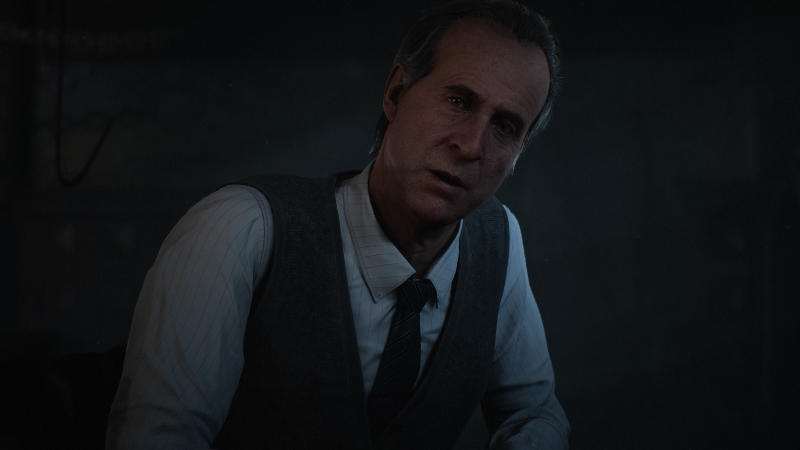
Soundtrack
Another large elephant in the room is the puzzling decision to completely remove the original soundtrack of the game in favor of adding an entirely new one that seems to miss the mark at most points lessening the effect of many scenes and entirely changing the tone at times. The score has been altered, and the original opening song, which later became the main theme song of the Dark Pictures series, has been removed. Additionally, all other vocal songs featured in the original game’s script are also gone.
Some might not notice this or consider it a minor change, but again, if you have the original version fresh in your mind and are someone who pays close attention to the audio presentation, this will be another factor that makes you truly question what the intentions of this remake really are.
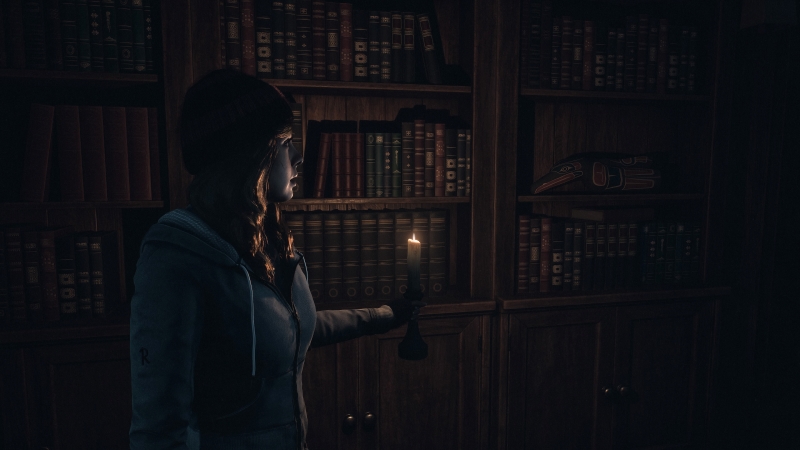
Controls & Optimization
At the moment, there seems to be a general lack of optimization in the performance department, even on the PS5 version, as there are frequent micro-stutters, mouths getting off-sync from dialogue, and all sorts of strange little elements that make it look like the game is struggling. It’s hard to truly tell what kind of framerate the game is running at without some deep Digital Foundry-esque technical digging, but it definitely doesn’t feel consistent here. I hope this issue will be fixed soon. However, the game being featured in the recent marketing for the PS5 Pro console seems suspicious.
Some elements of the controls were improved and many options to change control elements to your liking are included here, plus the motion control segments function much better with the DualSense controller than they did on PS4. There are not many other new features of the DualSense here, unfortunately, which feels like a missed opportunity as the advanced rumble haptics and controller speaker have added an enhanced experience in some other recent PS5 games.
Unfortunately, despite some small improvements in the controls, other issues detract from the experience. For example, the ability to walk faster has been completely removed from the game, only turning on automatically at certain points. The controls also feel less responsive than the original, which is potentially related to the performance being a little more spotty in general, as previously mentioned.
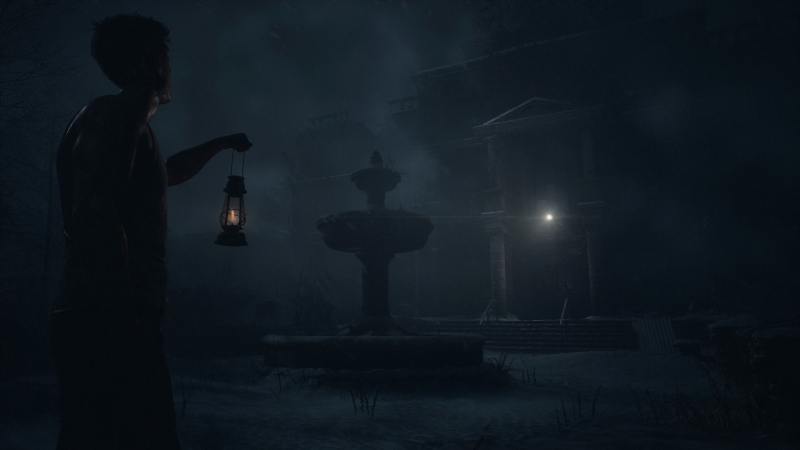
Conclusion
Overall, the Until Dawn remake seems to lack a clear purpose beyond making more money and potentially setting up a sequel. However, if you’ve never played the original game, you can still enjoy the core experience. But if you’re a fan of the original, you might find the changes confusing and not as enjoyable, especially when it comes to the visuals, camera changes, performance, music, and controls.
The $60 price tag doesn’t feel justified. While it may be more accessible for modern audiences, is a lesser experience overall by my standards.
 (7.5 / 10)
(7.5 / 10)
Good
 (7.5 / 10)
(7.5 / 10)Rely on Horror Review Score Guide
A PS5 review code was provided by the publisher

 IDOLxISxDEAD
IDOLxISxDEAD
